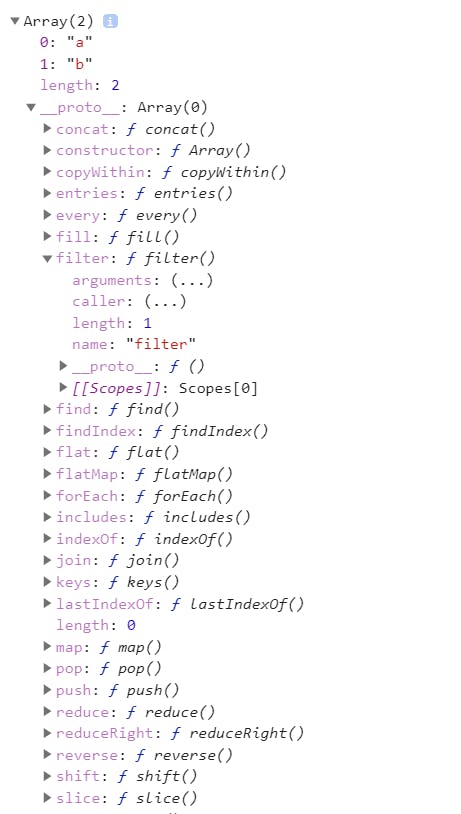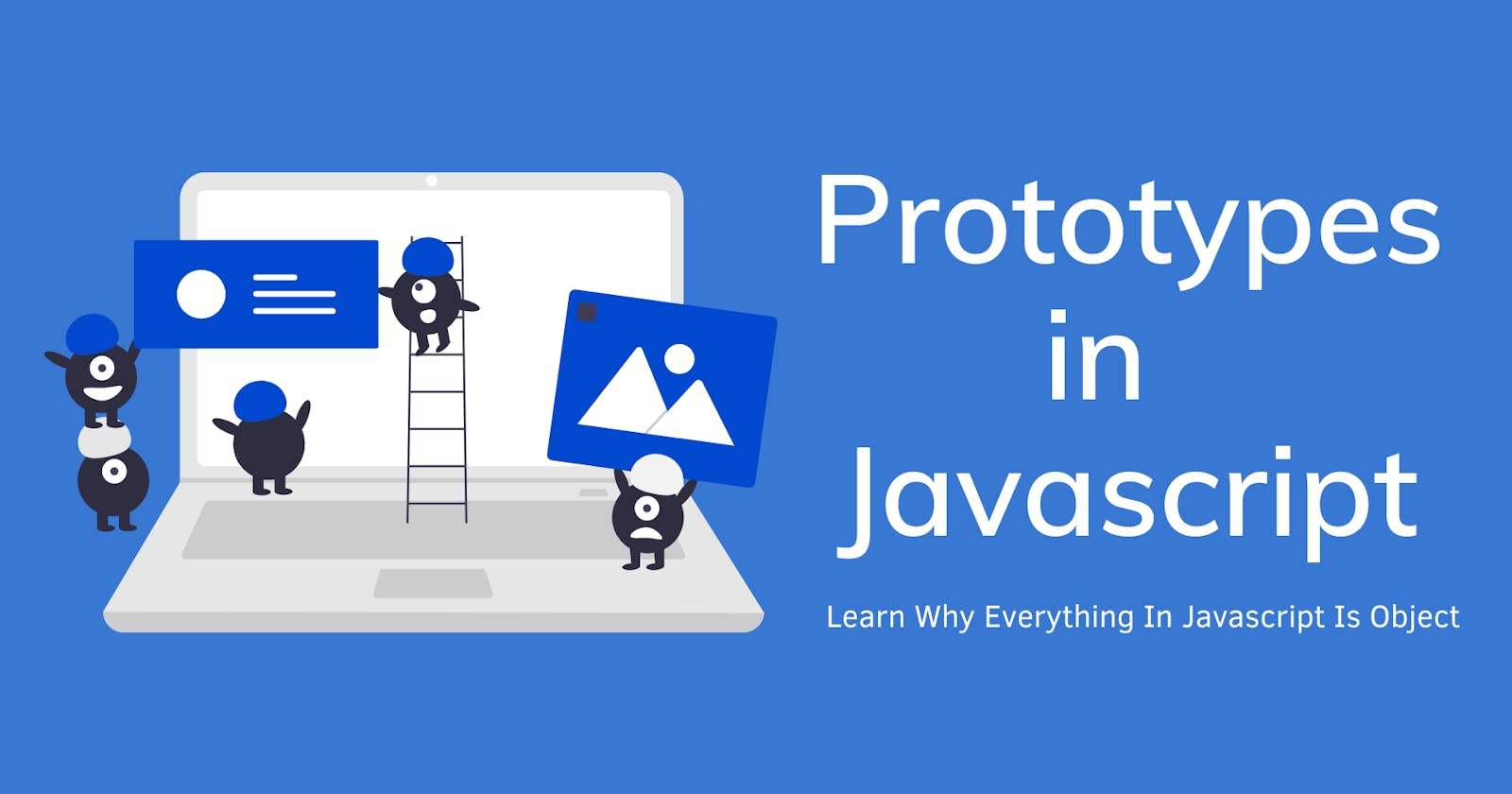Hello Javascript Developer!! In this part of the series, we discuss why objects are so important in Javascript and how Javascript implements object-oriented programming.
JavaScript is not a class-based object-oriented language. But it still has ways of using object-oriented programming (OOP). It's a prototype-based language.
A prototype-based language has the notion of a prototypical object, an object used as a template from which to get the initial properties for a new object.
In this post we discuss the following concepts in detail:
- What is a Prototype?
- What is a Prototype Chain?
- What is Prototypal Inheritance?
- Why we call it
__proto__?
Prototype
Prototype is an object that contains all the reusable properties, methods along with the prototype of its parent.
All JavaScript objects inherit properties and methods from a prototype.
Have you ever wonder how we can use built-in functions, methods, and properties like .length, .map, .pop?? We never defined it or write any code to implement it.
So, here Prototype comes into the picture. So whenever you create a javascript object, JS Engine automatically attaches your object with some hidden properties and functions.
Let's try to understand this using an example:
let arr = ["a","b"];
console.log(arr);

When we create a simple array in javascript, along with its element, notice that there is one more property called __proto__ (called dunder, double under) that attaches to it automatically.
If we expand this then you'll find the list of all built-in methods and functions.

The __proto__ property holds a reference to the object we defined as the prototype. This is the property on every object that gives it access to the Object prototype property.
The above scenario is not just limited to arrays but applicable to all objects and functions as well.
Prototype Chain
The chain of objects linked together by the prototypes is called the prototype chain.
Understand this concept using the following example:
let arr = ["a","b"];
console.log(arr.__proto__); //Array
console.log(arr.__proto__.__proto__); // Object
console.log(arr.__proto__.__proto__.__proto__); //null
console.log(arr.__proto__ == Array.prototype); //true
console.log(arr.__proto__.__proto__ == Object.prototype); //true
console.log(arr.__proto__.__proto__.__proto__ == null); //true
In the above example, the Arrays prototype is Object, and Object's prototype is null, which indicates the end of the chain.
Let's explore the same in the case of functions:
function func(){
console.log("Inside function")
}
console.log(func.__proto__); //Function
console.log(func.__proto__ == Function.prototype); //true
console.log(func.__proto__.__proto__); // Object
console.log(func.__proto__.__proto__ == Object.prototype); //true
console.log(func.__proto__.__proto__.__proto__); //null
console.log(func.__proto__.__proto__.__proto__ == null); //true
So, here also Function's prototype is Object.
Everything in Javascript is nothing but an Object.
Whether you make an array, or a function it is down the prototype chain ends up being an Object.
Prototypal Inheritance
Prototypical inheritance refers to the ability to access object properties from another object. We use a JavaScript prototype to add new properties and methods to an existing object constructor. We can then essentially tell our JS code to inherit properties from a prototype.
let obj1 = {
language: 'JS',
stars: 5,
getDetails: function(){
console.log(this.language + " " + this.stars);
}
}
let obj2 = {
language: 'Java'
}
Object.setPrototypeOf(obj2, obj1);
console.log(obj2);

In the above code snippet, we update the prototype of obj2 and set it as obj1. So by this, we can access the properties and methods of obj1 into obj2.
obj2.getDetails(); //Java 5
Now if obj2 try to access the function getDetails()
- It first searches the
languageproperty in obj2 and then prints Java - Now it looks for
starsproperty in obj2, it is not present in obj2. So, it inherits thestarsproperty from the prototype of obj2 i.e.obj1and prints 5.
If you are trying to access a property or method, JavaScript first finds it in the current object. If it is not present then using the prototype chain it looks up in the parent object. This continues till the property or method is found or null is reached.
So this is how Prototypal Inheritance works in Javascript.
Applications of Prototypal Inheritance
The main advantage of Prototypal Inheritance is code reusability.
Let's try to understand this using an example:
Function.prototype.myFunction = function () {
console.log("Hello!!")
}
function func1() {
//your code here
}
func1.myFunction(); //Hello!!
- In the above code snippet, we created a function
myFunction, and kept it inside Function.prototype. - So, using this we will be able to access the
myFunctionmethod inside every function we created inside this program just like func1.
Wrap Up!!
Thank you for your time !! Let's connect to learn and grow together.


